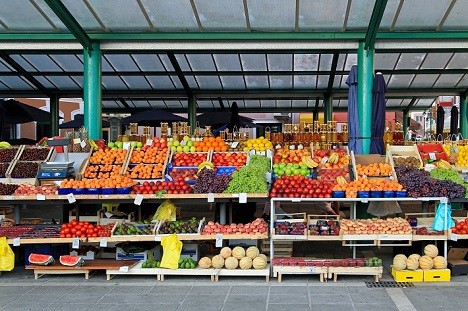RBA less likely to cut rates with rising fruit and vegetable prices creating inflation spike

The Reserve Bank of Australia is less likely to cut interest rates with inflation rising faster than expected because of increases in the prices of fruit and vegetables.
The consumer price index rose 0.7 per cent in the September quarter for 2016. That’s significantly higher than the 0.04 per cent rise in the previous quarter.
That takes annual inflation rate rise to 1.13 per cent.
Economists had been tipped inflation to rise by a lower 0.5 per cent with annual inflation at 1.1 per cent.
The higher inflation rate was driven by price rises for fruit (+19.5 per cent), vegetables (+5.9 per cent), electricity (+5.4 per cent) and tobacco (+2.3 per cent).
The Australian Bureau of Statistics said the price rises for fruit and vegetables was driven by bad weather including floods, in major growing areas, impacting supply.
With RBA governor Phillip Lowe indicating the central bank is prepared to tolerate sluggish inflation when economic growth and the labour market are in good enough shape, economists feel inflation would need to come in much lower to push the RBA into another rate cut.
The economics team at the ANZ concurred, although it flagged the prospect of rate cuts next year.
“Today’s data are likely to see the RBA downgrade its inflation profile slightly,’’ the ANZ said
“That said, we doubt the RBA would mechanically respond by cutting rates but rather would wait and closely monitor developments in inflation and wages as well as housing and the labour market over the coming months.
“Today’s data slightly increases the odds of further easing next year, but we doubt the RBA would see any urgency for a policy response. While inflation is still low and has yet to stabilise, the Bank will be mindful of ongoing strength in the housing market and the potential for financial imbalances.
by Leon Gettler, October 27th 2016







